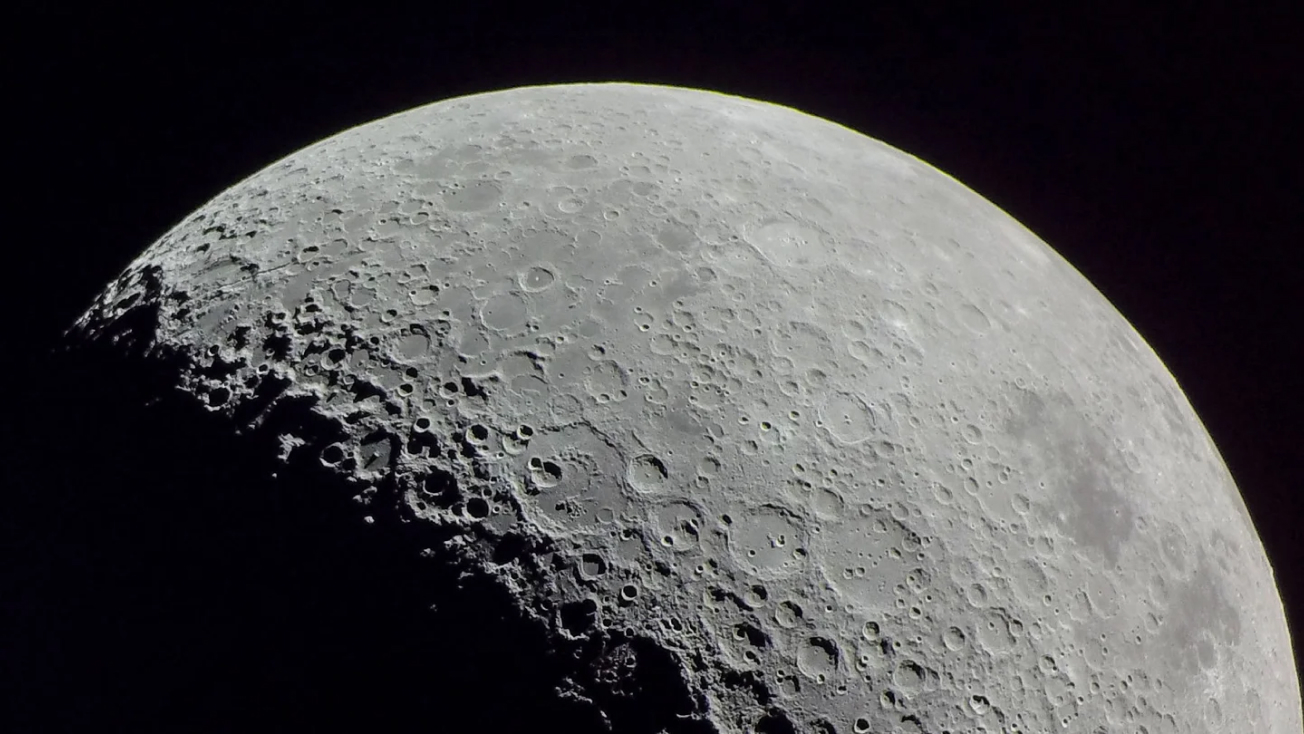The Impacts of Long-Term Radiation Exposure on Moon Glass

The date is November 10, 2023.
The article has been scrutinized under the editorial process and policies of Science X. Its credibility has been assured by the editors through several attributes:
- The content has been fact-checked
- The article is based on a peer-reviewed publication
- It is from a trusted source
- The article has been proofread
The author is Bob Yirka from Phys.org
In recent work at Songshan Lake Materials Laboratory, a team of material scientists, collaborating with the China Academy of Space Technology and the Chinese Academy of Sciences, discovered that the glass on the moon has hardened over billions of years due to constant exposure to radiation.
The team's research, which involved testing lunar regolith samples brought back by China's Chang'e-5 lunar lander, has been published in the Science Advances journal. The team not only tested these samples but also rejuvenated them to establish a point of comparison.
While humans have been making glass for nearly 4,000 years, nature has been at it for billions of years. The research team concentrated on the study of naturally formed glass on the moon. This glass was the result of meteoroids striking and melting lunar regolith, some billions of years old.
Previous studies have identified that the moon's surface is scattered with minuscule pieces of glass. Each piece has been exposed to cosmic rays and solar radiation. This made the research team curious about the kind of effect such continual bombardment might have on the glass on the moon.
To satisfy their curiosity, they examined five micro glass pieces, each not broader than a human hair, using a transmission electron microscope. These samples had been retrieved by the Chang'e-5 lunar lander. In addition, the samples were subjected to force to see how they responded. These methods provided a baseline for the researchers to understand how aging has impacted the pieces of glass.
The researchers subsequently exposed each glass sample to an extreme temperature of 650° C for about five minutes. This brief exposure was enough to initiate melting of the glass, which the researchers say reverted the samples to their original form. The researchers could then compare the original and current states of the glass samples, shedding light on the effects of billions of years of radiation exposure.
In their comparison, the team noticed significant variations in Young's modulus. This scientific measure indicates the force a material can withstand before distorting. The variations found were as high as 70%. It was also found that continuous radiation bombardment had hardened the glass.
The journal reference is Science Advances.
© 2023 Science X Network




